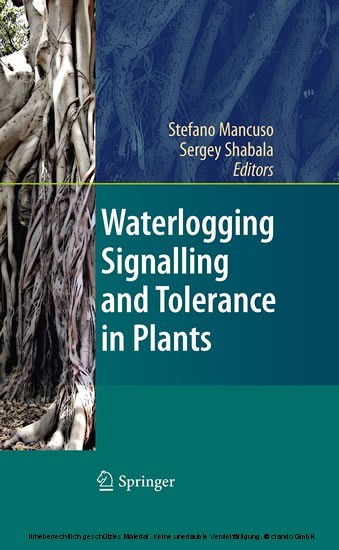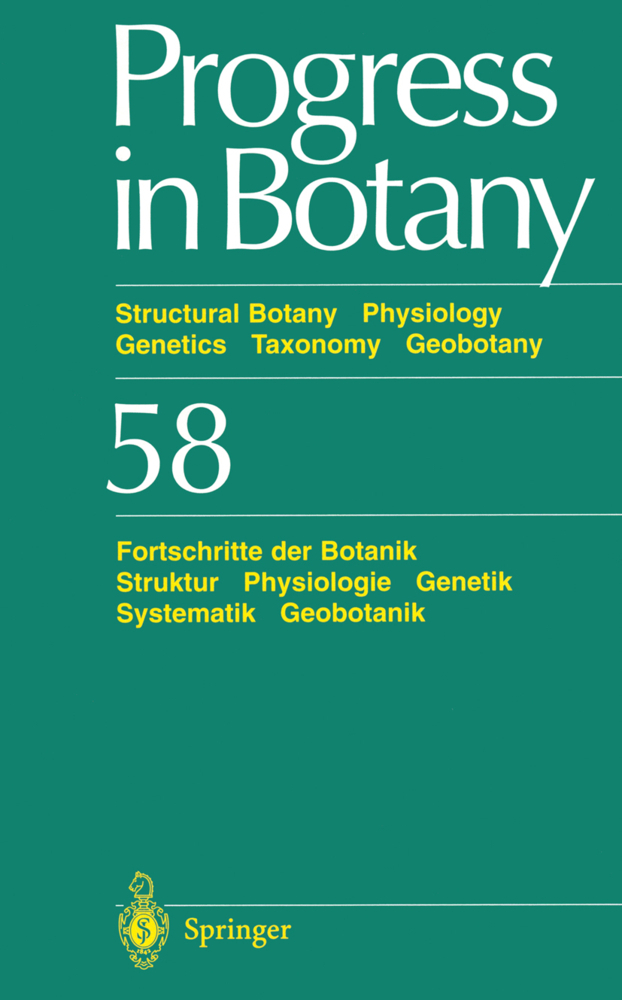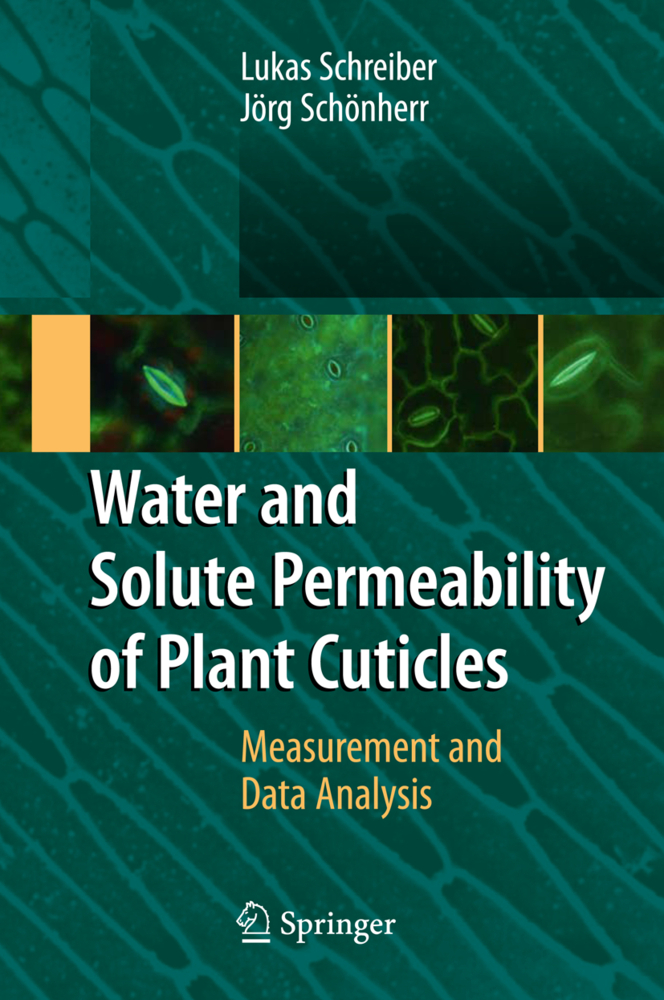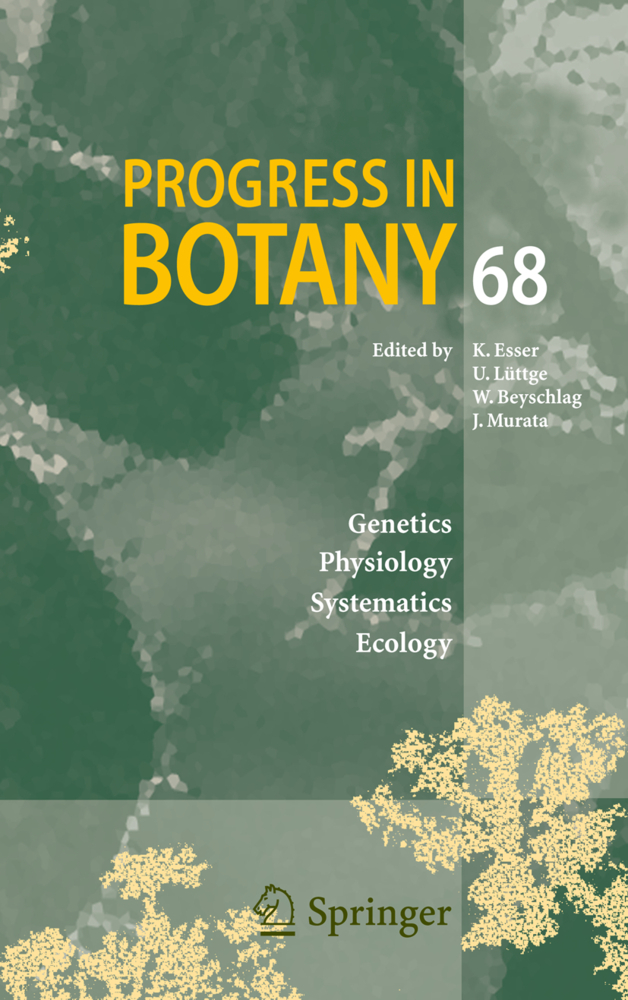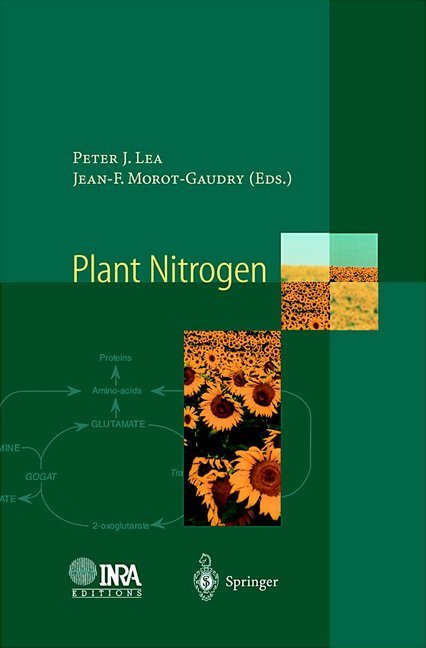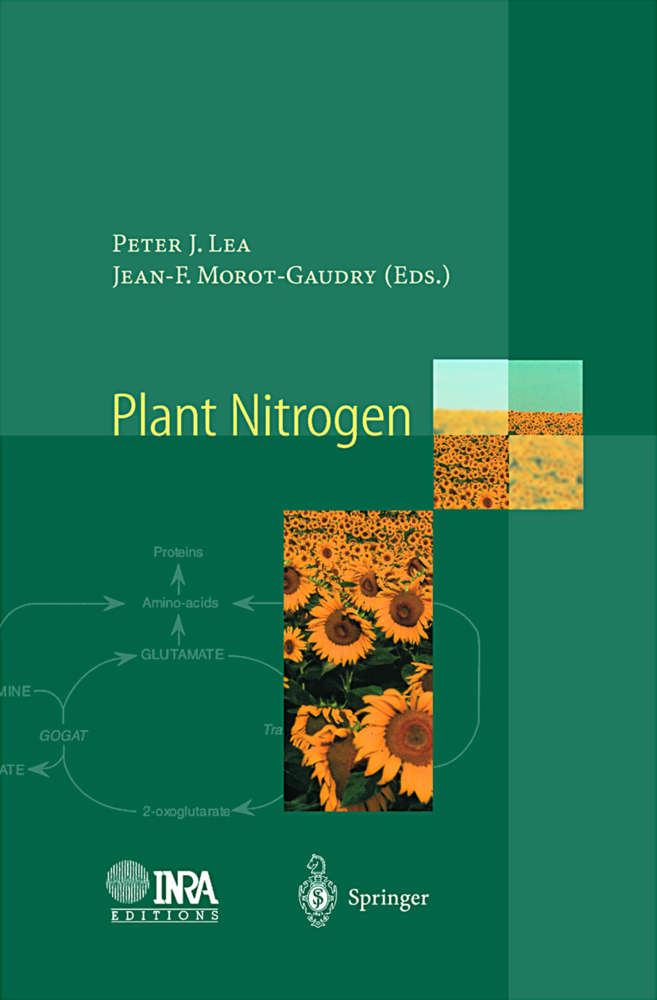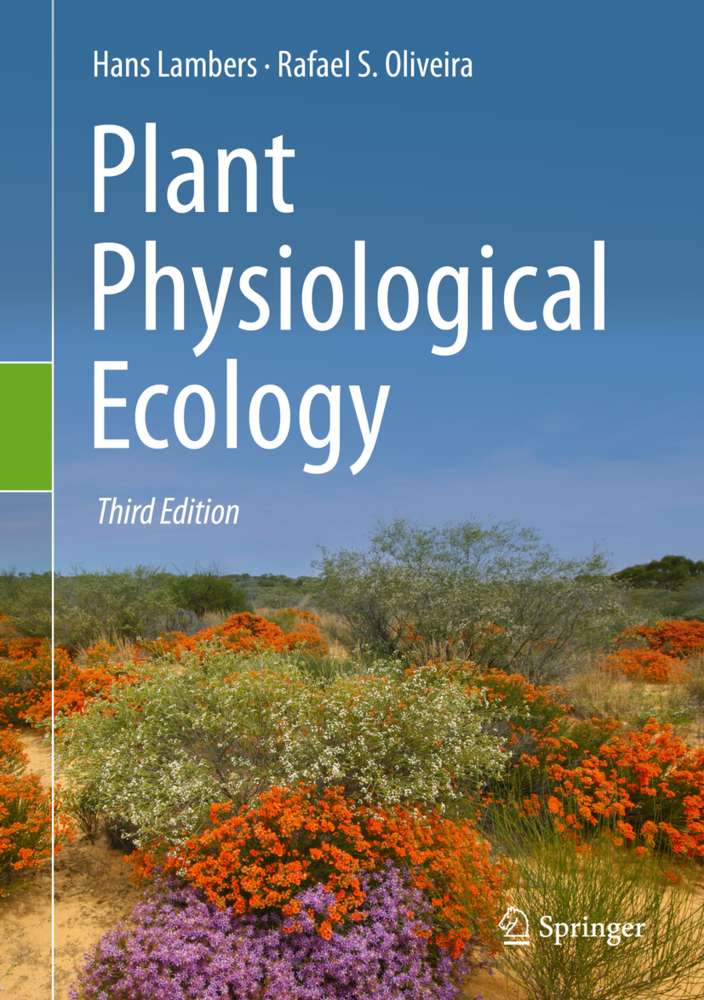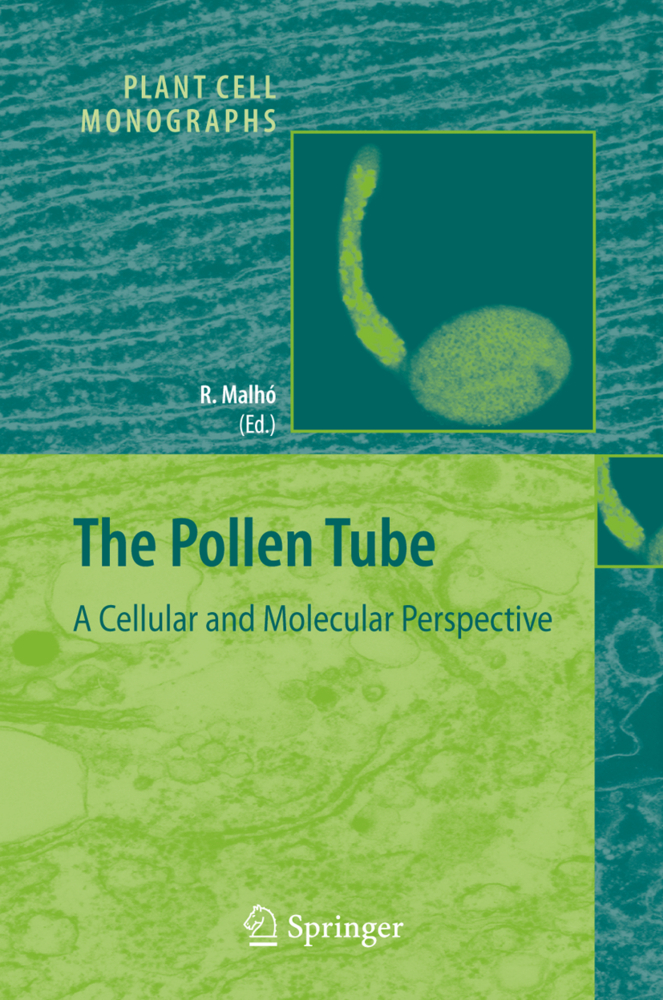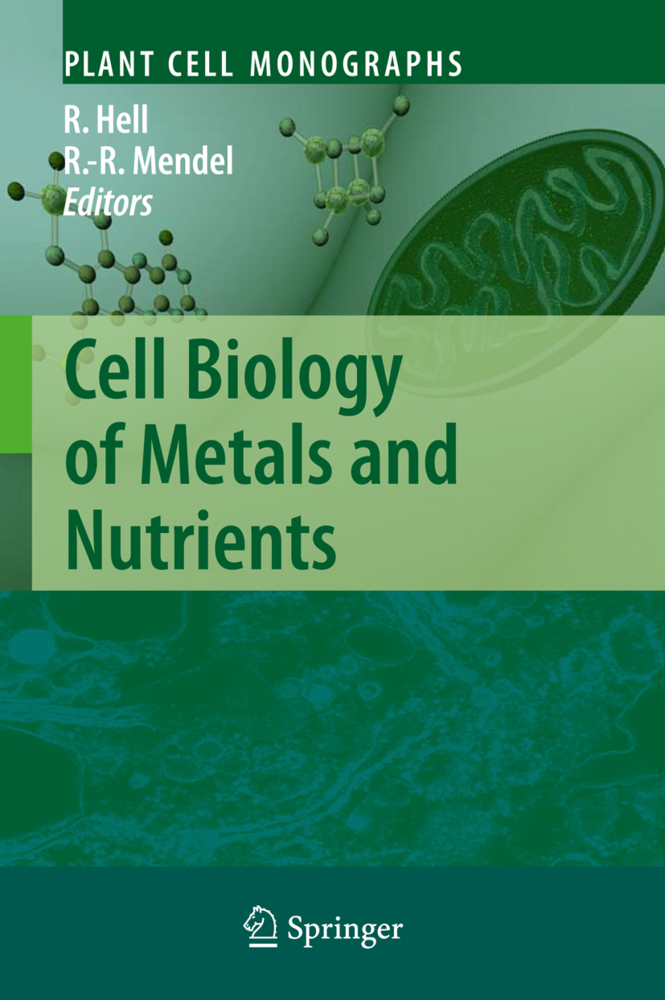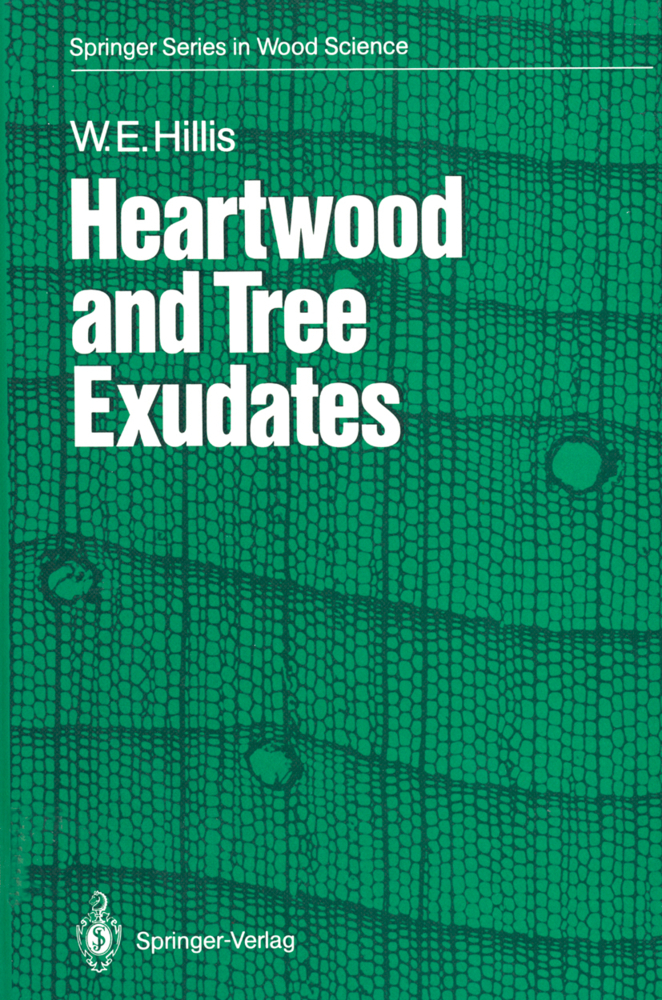Waterlogging Signalling and Tolerance in Plants
Waterlogging is a major problem for plant cultivation in many regions of the world.
1;Preface;5 2;Contents;8 3;Chapter 1: Oxygen Transport in Waterlogged Plants;19 3.1;Introduction;20 3.2;O2 Transport in Plants: Some Basic Physics, and Modelling of O2 Diffusion;21 3.3;A Survey of Methods to Study O2 Transport and Related Parameters in Higher Plants;23 3.4;Anatomical Adaptations to Flooding Stress: Barriers to Radial Oxygen Loss;26 3.5;Anatomical Adaptations to Flooding Stress: Formation of Aerenchyma;27 3.6;Mechanisms of O2 Transport in Plants;29 3.7;O2 Transport in Plants: Ecological Implications;34 3.8;Open Questions and Directions of Further Research;34 3.9;References;35 4;Chapter 2: Waterlogging and Plant Nutrient Uptake;39 4.1;Introduction;39 4.2;Effects of Hypoxia on Nutrient Uptake;42 4.2.1;Physiological Effects of Hypoxia Change Root Elongation Rate, k, and Maximal Nutrient Uptake Rate, Imax;42 4.2.2;Waterlogging Leads to Changes in the Availability, Cli, and the Effective Diffusion Coefficient, De, of Some of the Nutrients ;44 4.2.3;In Waterlogged Conditions, Some Plant Species Show More Root Hair Development, Longer and Thinner Roots and Increased Levels o;45 4.2.4;Waterlogging Decrease Evaporation and Bulk Water Flow, Vo;46 4.2.5;In Response to Waterlogging the Kinetics of Root Transport Systems, km and Imax, Can Be Modified;47 4.3;Summary and Concluding Remarks;47 4.4;References;48 5;Chapter 3: Strategies for Adaptation to Waterlogging and Hypoxia in Nitrogen Fixing Nodules of Legumes;52 5.1;Introduction: The Oxygen Diffusion BarrierOxygen Diffusion Barrier in Nodules;53 5.1.1;Nodule Morphology and the Gas Diffusion Barrier;53 5.1.2;Modulation of the Gas Diffusion Barrier;55 5.1.3;Control of the Gas Diffusion Barrier in Response to Sub-Ambient O2 and Flooding;55 5.1.4;Mechanism of Regulation of the Gas Diffusion Barrier in Response to pO2;56 5.2;Developmental and Morphological Adaptations of Nitrogen-Fixing Nodules to Low Oxygen Stress;58 5.2.1;Secondary AerenchymaSecondary Aerenchyma Formation;58 5.2.2;The Inner CortexInner Cortex and Infected ZoneInfected Zone;59 5.2.3;Influence of Adaptive Changes on Nitrogen Fixation Under Altered Rhizosphere pO2 Conditions;60 5.3;Strategies of Adaptation: Flood-Tolerant Legumes and Oxygen Diffusion;61 5.3.1;Tropical Wetland Legumeswetland legumes;61 5.3.1.1;Nodulation of Submerged Stems and Roots: Increased Porosity Mechanisms;62 5.3.1.2;Aerial Nodulation of Stems and Adventitious Roots: Avoidance Mechanisms;63 5.3.2;Lotus uliginosus: A Temperate Wetland Legume;64 5.4;Strategies of Adaptation: Alternate Nodulationnodulation Pathways for Flooding Tolerant Legumes;65 5.4.1;Intercellular-Based Mechanism of Nodulation: The Lateral Root Boundary Pathway;65 5.4.2;Sesbania rostrata: A Model Legume for Aquatic Nodulation;66 5.5;Summary and Concluding Remarks;68 5.6;References;70 6;Chapter 4: Oxygen Transport in the Sapwood of Trees;75 6.1;Brief Anatomy of a Woody Stem;76 6.2;Atmosphere Inside a Stem: Gas Composition and its Effects on Respiration;77 6.3;Gas Transport and Diffusion;80 6.4;Radial and Axial Oxygen Transport to Sapwood;82 6.5;Sapwood Respiration;84 6.6;References;87 7;Chapter 5: pH Signaling During Anoxia;91 7.1;Introduction;91 7.2;pH, Signal and Regulator;93 7.2.1;pH as Systemic Signal;94 7.2.2;The Nature of pH Transmission;95 7.2.3;What is the Information?;95 7.3;Anoxic Energy Crisis and pH Regulation;97 7.3.1;The Davis-Roberts-Hypothesis: Aspects of pH Signaling;97 7.3.2;Cytoplasmic Acidification, ATP and Membrane Potential;98 7.3.3;Cytoplasmic pH (Change), An Error Signal?;99 7.4;pH Interactions Between the (Major) Compartments During Anoxia;100 7.4.1;The pH Trans-Tonoplast pH Gradient;100 7.4.2;Cytoplasm and Apoplast;102 7.4.3;The Apoplast Under Anoxia;102 7.5;Anoxia Tolerance and pH;103 7.5.1;pH as a Stress Signal - Avoidance of Cytoplasmic Acidosis;104 7.6;pH as Signal for Gene Activation;105 7.7;pH Signaling and Oxygen Sensing;106 7.8;Conclusions;106 7.9;References;107 8;Chapter 6: Programmed Cell Death and Aerenchyma Formation Under Hypoxia;111
Mancuso, Stefano
Shabala, Sergey
| ISBN | 9783642103056 |
|---|---|
| Artikelnummer | 9783642103056 |
| Medientyp | E-Book - PDF |
| Auflage | 2. Aufl. |
| Copyrightjahr | 2010 |
| Verlag | Springer-Verlag |
| Umfang | 294 Seiten |
| Sprache | Englisch |
| Kopierschutz | Digitales Wasserzeichen |

